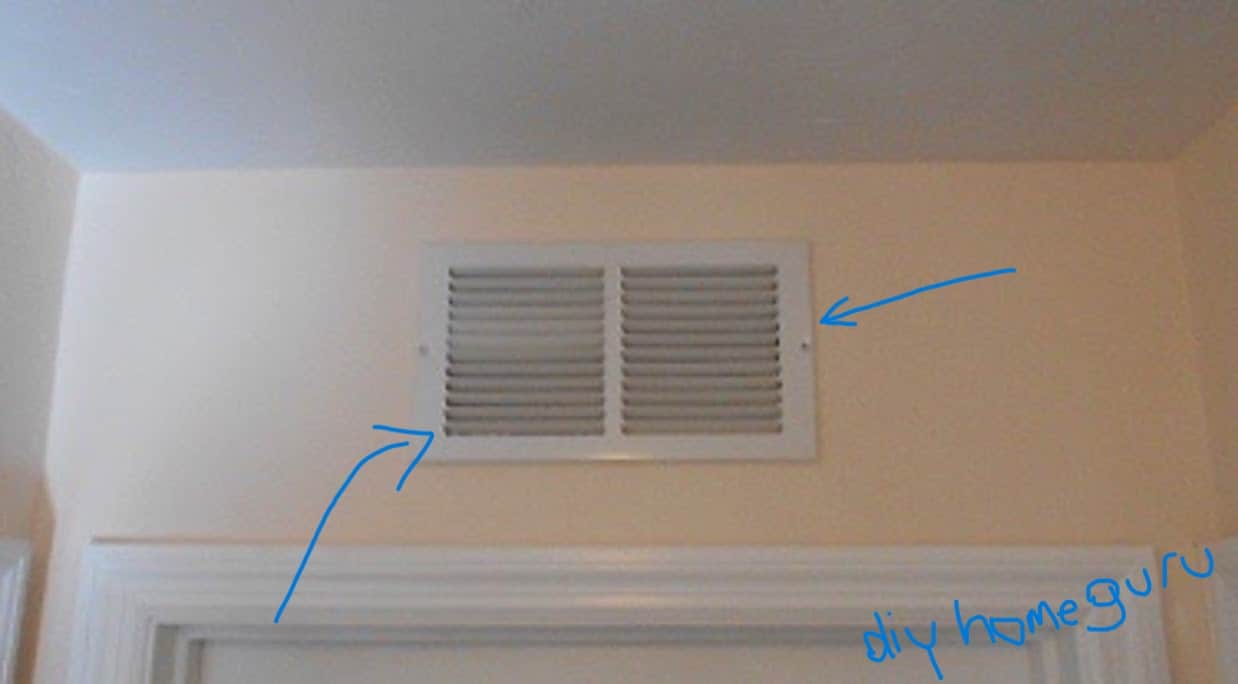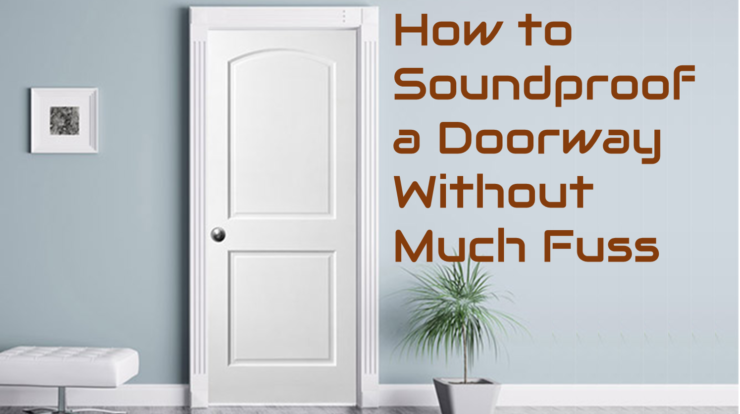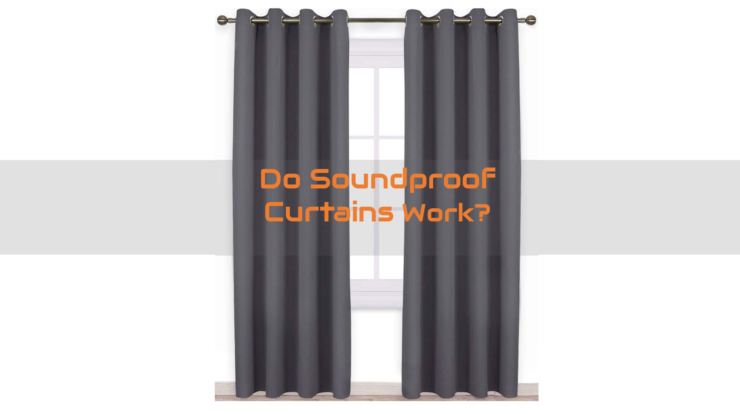Ever wonder why the person next door can hear your television at 11 pm on a Saturday?
If you’ve never dealt with this issue before, it’s time to get serious about soundproofing your room. It is possible to soundproof a room cheaply by following some simple steps.
Soundproofing a room can be expensive and often requires costly materials. But, what if you do not have the budget to hire an expert.
With some patience and willingness to work hard, you can soundproof your room without breaking your budget or having to do much heavy lifting!
If you are in a rush, here’s how to soundproof a small room in 7 easy steps:
1. first, seal any holes or gaps in the walls and windows with weather stripping and caulk;
2. hang heavy drapes over door openings;
3. if the door opens outwards, place a strip of carpet under it so it can’t swing open at all;
4. install an acoustic ceiling tile on top of your existing drywall;
5. use foam insulation between studs for extra sound absorption;
6. add some soft rugs around the perimeter of the room.
7. install door sweep under the doors to prevent the movement of sound between spaces.
A Simple Guide on How to Soundproof a Room
In the world of soundproofing, there are many ways to go about it. You can spend a lot of money with professional installation or break out the tools and do it yourself.
There are many DIY methods for soundproofing; here are some strategies you can use to do it yourself.
Soundproofing is essential when you want to block out noise in your home. It is also necessary for places where the noise could be dangerous.
Soundproofing your room can also improve your quality of life by making it easier to sleep at night.
The effective way to achieve soundproofing is preventing sound from bouncing off walls by either deadening, absorbing, or preventing sound from entering the space from outside.
We can soundproof a room by dealing with the problem one section at a time.
Soundproof a door
Soundproofing a door is not an easy task. It takes time, patience, and suitable materials to ensure your efforts are successful.
The door is a leaky part of the room, as it allows sounds to escape or enter under the door. The sides around the door are also a weak point.
They are a big problem as sound will travel through those gaps. The best way to solve those problems is to seal them up. Let us dive into that quick solution. I wrote a specific article on “how to soundproof a doorway”; you can read it if you need more detailed information.
Door Weather Stripping
A cheap and easy soundproofing solution to help block any unwanted noise coming from the next room is the door weather stripping.
It is an economical and practical solution for any apartment dweller on a tight budget.
Door weather stripping can be purchased at most hardware stores for under $10 and install an electric drill.
You can then peel and stick foam rubber weather stripping on the forms to create a tight seal. Felt weatherstripping with adhesive backing is another popular choice to block out noise.
Door sweep
A door sweep on the inside of the door frame is an inexpensive solution that can relieve noise due to sounds from siblings, spouses, or neighbors.
An under-door draft stopper is a great way to seal off gaps between the door and the floor.
Soundproof a wall
Soundproofing a wall may seem like an intimidating task at first, but reading up on some soundproofing tips on this site can make it much more manageable. It’s essential to have a plan before you start your project.
Sound waves can pass through walls easily. Proper sealing of the walls will help. Sound can pass through objects if they vibrate simultaneously at the same frequency.
Hard surfaces like drywall, plaster, and tile are the source of many soundproofing problems as these materials reflect and amplify sounds. The walls may have unique features like vents above the door. I wrote an article specifically dealing with “how to soundproof an above-door air vent.”
Soundproof blankets
Several strategies are available to minimize this effect. Softening these surfaces absorb sounds, thereby making the interior of rooms much quieter.
Many homeowners, including myself, cover the wall with thick soundproof blankets, moving pads, tapestries, or quilts.
The thicker, the better, as thicker fabrics, absorb more sound than thinner fabrics.
Soundproof panels
Soundproofing is critical because you operate a home studio, so sound-absorbing panels to the walls and ceiling may be better.
These panels, made of soft foam rubber, dense polyester fiber, or cork, are a superior noise-dampening material and a great solution.
Rest a bookcase against a wall
A bookcase can break up the sound waves and help to keep a room quiet. The books on the shelves help to create mass.
The mass absorbs sound. The best bookcase is the one that extends from the floor to the ceiling, just like those in the first Harry Potter film.
You probably won’t buy these off the shelf but may have to custom make them. If you like, I can show you how to build a bookcase.
Add extra Drywall to dampen sound.
Adding an extra layer of drywall will improve the acoustic quality of the room. Extra-drywall works because it absorbs sound energy before reaching your ears.
It also helps to reduce echo, which makes for a better listening experience.
You have to cover the existing walls and ceiling with an extra layer of ½-inch-thick drywall for this to work. Fill all gaps with a sound-deadening caulk.
Apply this compound on both sides of the newly fitted drywall; this sound dampening compound will deaden all sound. It is a significant investment of time and money, but it’s worth it.
Soundproof a floor
Soundproofing a floor can also help reduce unwanted noises in your house.
A carpeted floor will make it easier for people walking around and make it harder for sounds to travel through the floor.
If possible, try to use carpeted floors instead of hardwood floors. If not possible, use a rug.
Rugs
Hard-surface floors like wood, tile, or laminate cause sound to bound around more. The simplest solution is to get an area rug.
It will absorb most of the noise emanating from the floor. Thicker rugs and fluffier rugs do a better job. Install an extra-thick pad under the rub for improved sound deadening.
Floor mats
Vibrations of speakers, washing machines, or motorized gym equipment can produce and transmit vibrations through the floor.
Here are some simple solutions to reduce this problem—placemats under equipment that produces vibrations.
A thick piece of dense foam rubber mat is perfect for the job. I use the gym flooring mats for my home treadmill.
Soundproof a window
Some people think that soundproofing a room means adding thick padding to the walls and replacing the windows with glass panels to reduce noise from outside. Glass panels may work. Still, they can be impractical or cost-prohibitive in many cases.
Soundproofing curtain
Windows aren’t always effective at blocking noise, but a noise-reducing curtain can block sound. It is very thick and acts as a blackout curtain to keep the sunlight out.
The soundproof curtain can also help keep the heat from escaping through the window during the winter months. You got to read this article to find out once and for all if soundproof curtains work.
Window inserts
If you have a little more money to spend, a window insert is an excellent idea because it significantly reduces window noise. It is beneficial if you live near the main road.
The window inserts double glazing for single glazed windows and triple glazing for a double glazed window.
It is made of clear glass panels and mounted to the inside of any existing windows. If you do not have all that money, you can try the acoustic panels. They work OK to reduce noise.
Soundproof blanket
A soundproof blanket is an acoustic barrier used as insulation between two surfaces. It consists of layers of fabric held together by glue or stitching.
Soundproof blankets have been around since the early 1900s when developed for military applications.
The easiest way to dampen noise emanating through the window is to simply cover the windows with thick blankets or quilted moving pads.
Soundproof a ceiling
Soundproof a ceiling is a method that uses sound-absorbing materials to reduce unwanted sounds from outside into the room.
Instead, you do not have to get rid of your old ceiling and add more soundproofing to the existing roof space.
Both working together will provide a better soundproofing experience. You can add extra drywall to the ceiling, the same as you would do for the wall.
Alternatively, you can add suspended ceiling soundproofing. Suspended ceilings work by ensuring that no hardware directly contacts the roof.
Conclusion
Soundproofing is an essential part of any well-built studio, but it can be costly. Thankfully, soundproofing doesn’t have to be expensive.
With a little bit of knowledge and suitable materials, you can soundproof your room cheaply.
Start by carefully examining your room for any existing issues that may interfere with soundproofing.
I work hard to complete these information-rich articles. Thanks for showing your appreciation by revisiting the DIY home guru site. You can check out one of the other pages. You are welcome to visit another time.




